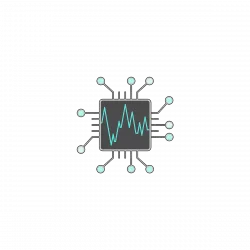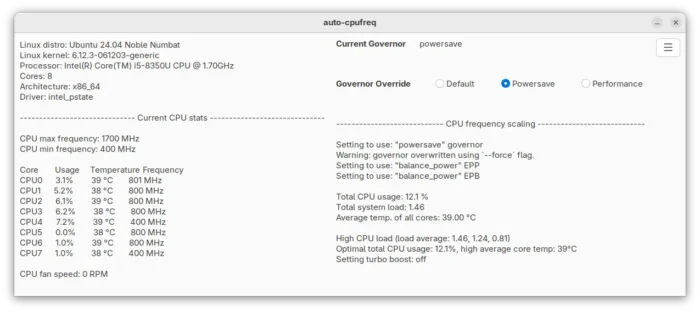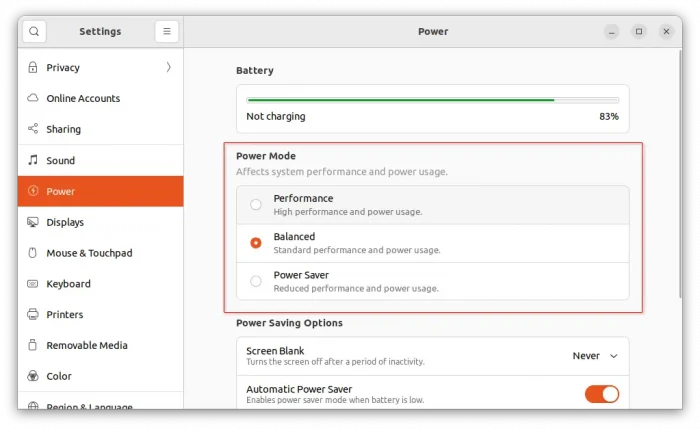Auto-CPUFreq, automatic CPU speed & power optimizer, released version 2.6.0 with some new features and many bug-fixes.
For those who don’t know about auto-cpufreq, it is a free open-source Linux app, which can monitor and automatically manage CPU speed according to battery state, CPU usage, temperature, and system load.















